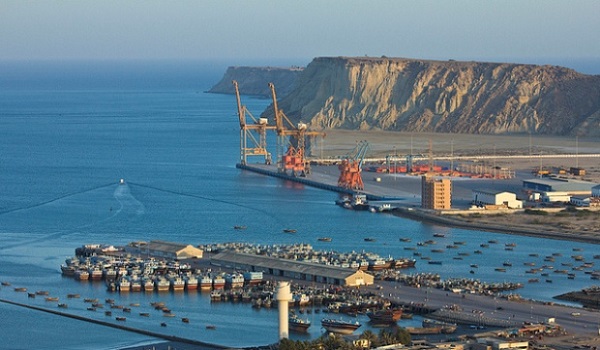Beijing’s $63bln CPEC investment to enhance debt trap: Nikkei Asian Review

GWADAR: (DNA) – Pakistan’s trade deficit with China has been rising, and there are concerns about what happens if it is unable to repay its debts vis-à-vis $63 billion worth of the corridor projects, Nikkei Asian Review said on Wednesday.
“As with other countries that have benefited recently from Beijing’s largesse, some in Pakistan worry that the price of such investment could be a huge debt burden,” the Asian-focused publication said.
The Nikkei Asian Review and The Banker examined how Belt and Road (BRI) projects are unfolding in eight countries: Indonesia, Sri Lanka, Kazakhstan, Bangladesh, India, Poland, Laos and Pakistan. They also collaborated with the Center for Strategic and International Studies’ Reconnecting Asia Project to aggregate key BRI infrastructure projects worldwide.
The idea of transforming the ancient fishing village of Gwadar into a bustling port city has been around since at least 1954, when Pakistan commissioned the US Geological Survey to examine its coastline. It found that Gwadar, which sits on the Arabian Sea, would be an ideal location for a deep-water port.
Nikkei Asian Review said Gwadar’s potential went unrealised for decades, but it is now at the heart of a hugely ambitious plan known as the China-Pakistan Economic Corridor (CPEC).
China has pledged to spend $63 billion to bolster Pakistan’s power plants, ports, airports, expressways and other infrastructure under the initiative, which Beijing positions as one of the pillars of its $1 trillion global Belt and Road Initiative championed by Chinese President Xi Jinping.
“The investment is clearly visible at Gwadar,” it said. “More than 1,000 people, about half of whom are Chinese, work at a recently completed 660-meter container terminal.”
Related News

Without cheaper electricity, Pakistan’s factories will struggle: ICCI
ISLAMABAD, JUL 15 /DNA/ – The leadership of the Islamabad Chamber of Commerce and IndustryRead More

UK, Pakistan agree new business advisory council at inaugural trade dialogue
Ministers from the UK and Pakistan have announced new measures to boost trade between theRead More


Comments are Closed